Chickweed is one of those plants that you probably have seen thousands of times and walked on or ignored. Often it’s the unassuming “weeds” or herbs that provide deep medicine and nourishment. And that’s certainly the case with Chickweed. She is native to Europe but has become naturalized in North America. You can find her just about everywhere now on this continent.
You can find chickweed growing among your garden, yard, parking lots, and even fields. She is what’s known as a nutritive herb, meaning she can be eating for food and also used as medicine. She’s unassuming. She’s not flashy. She’s resilient and steadfast. She’s great at taking care of herself and those around her. She’s multi-faceted.
And we are what we eat so what more can you ask for?
She arrives as one of the first wild weeds in the Spring, dies back in the heat of summer and will offer up a second showing in the fall. Since I’ve brought her into our gardens, she has become a friend that nourishes us and also helps out in the garden. I plant her in between beds and rows and along our fence rows. She protects the soil when she’s above ground, from wind and sun (yes the sun will deplete nutrients from the soil when it’s not protected). And she pulls minerals from deep in the earth closer to the surface, which benefits her plant neighbors.
Identifying Chickweed
There are many different types of Chickweed. For our purposes here, we are focusing on Common Chickweed (Stellaria Media)
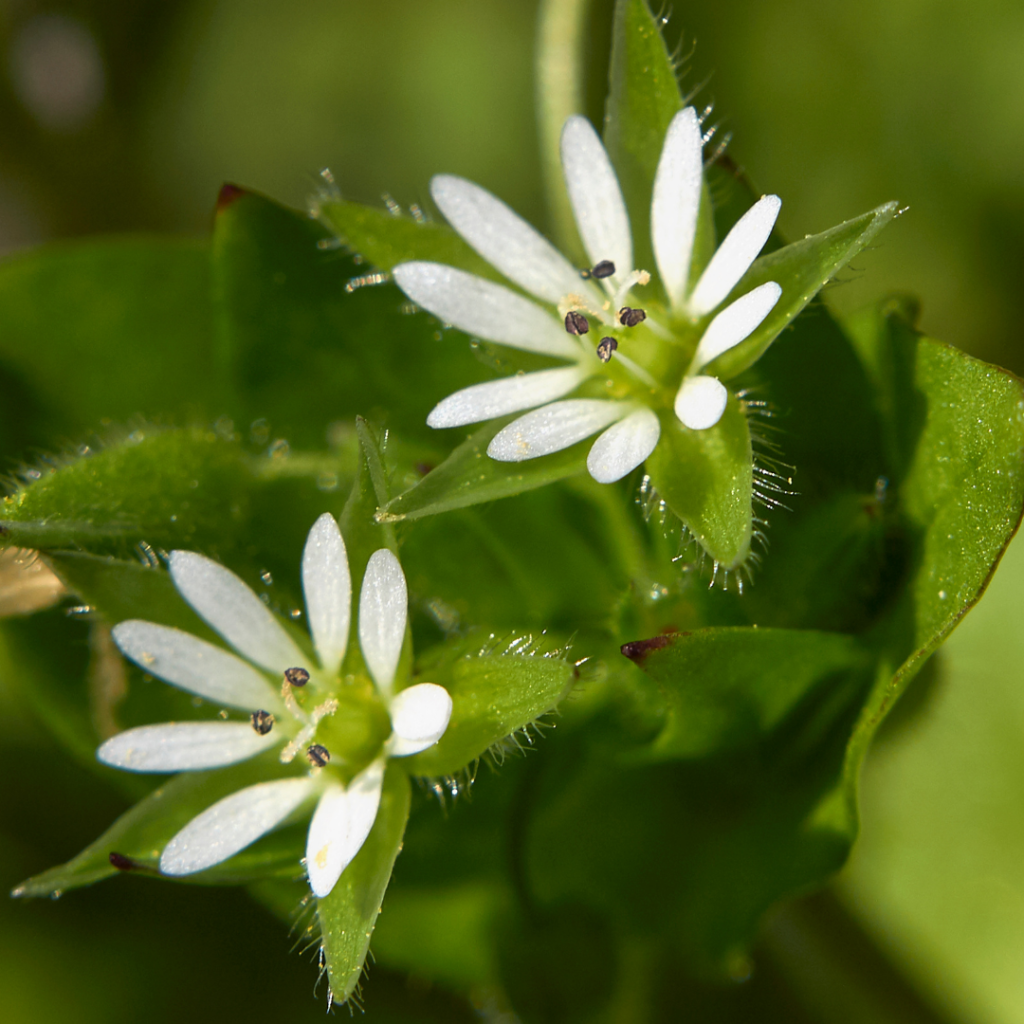
- The flowers look to have 10 petals, which are actually 5 petals, deeply cleft.
- Her flowers are white and her leaves are opposite of each other.
- She is a ground sprawling herb, meaning she spreads out and even though when she’s in flower her stems can go upward and get up to a foot tall, most of her is growing along the ground.
- Her leaves are smooth and not toothed or serrated.
- If you look very closely and hold the stem up to the sun or a light, you can see one thin strip of tiny hairs along her stem.
Growing and Harvesting Chickweed
This sweet, demure herb comes up in early spring, sprawling along the ground and produces the sweetest tiny white flowers late Spring through early Summer.
I absolutely adore chickweed in the garden because she offers so many benefits to us. She grows like a blanket on the soil so I will actually allow her to grow between the rows the garden or sometimes even in the garden beds along with other taller growing garden veggies like tomatoes.
She keeps the garden soil covered and moist, She puts nutrients back into the soil. She provides both food and medicine. And she offers flowers up for the pollinators. What an amazing lady she is!
You can harvest her at anytime in her cycle, although I prefer her in her younger stage. But anytime she’s green, I will use her for food and medicine.
If you don’t have chickweed in your area, you can start her by seed in an area of your garden or property or even in a planter.
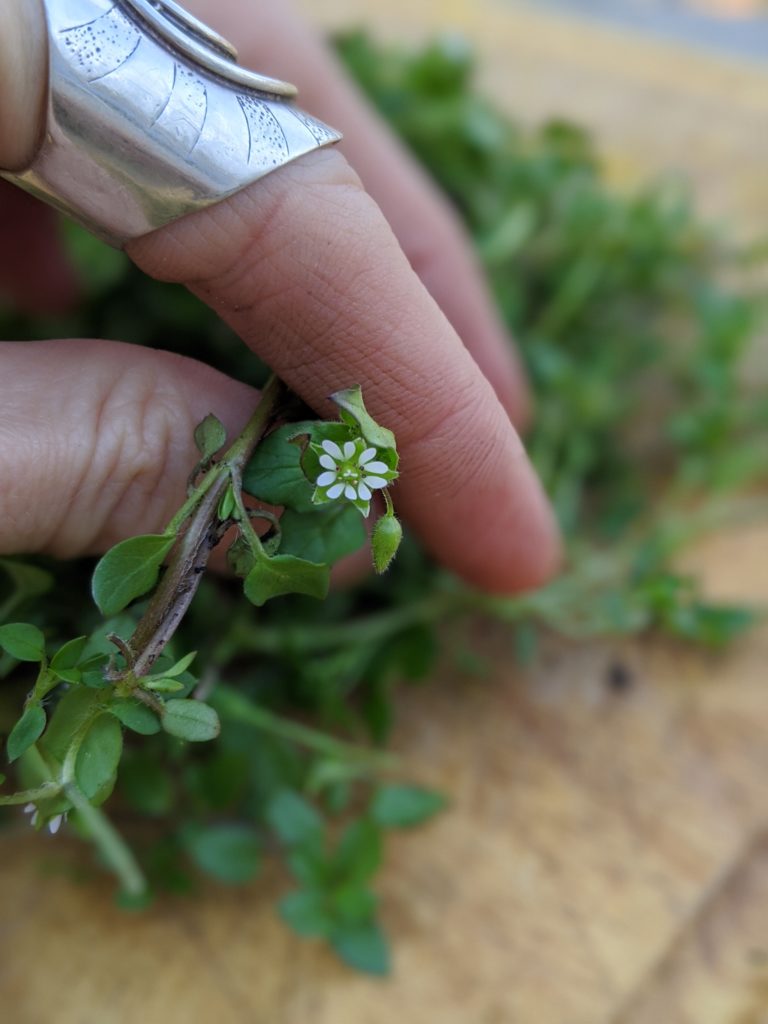
To Harvest Chickweed
Simply give her a haircut! Trim the tops of her off, leaving the lower 2/3 of her stems and leaves to continue to grow.
The Medicine of Chickweed
- Chickweed is extremely high in minerals and is known to nourish folks back to health after a major illness or stressful time.
- She’s anti-inflammatory and soothing to the internal tissues. She can also be used externally to soothe skin issues.
- Chickweed is a diuretic, meaning she helps the kidneys move waste (and you’ll pee more). She’s particularly wonderful to consume in Spring to help us flush our system after months of less movement, heavier foods, etc.
- She is a blood builder and blood mover
Times to look to Chickweed for Healing
- Because of her high mineral content, she is known to nourish folks back to health after a major illness or stressful time
- She’s amazing at nourishing a new/nursing mama
- She can help soothe a sore throat and cough
- She can be used to stimulate digestion and bowl movements
- She can aid in detoxification
- She helps to move and build blood – so stagnant energy can be aided by chickweed
- She can help those dealing with acne, psoriasis, eczema and other types of rashes
- She can help soothe and heal scrapes, bug bites and stings.
Ways to use Chickweed as Medicine
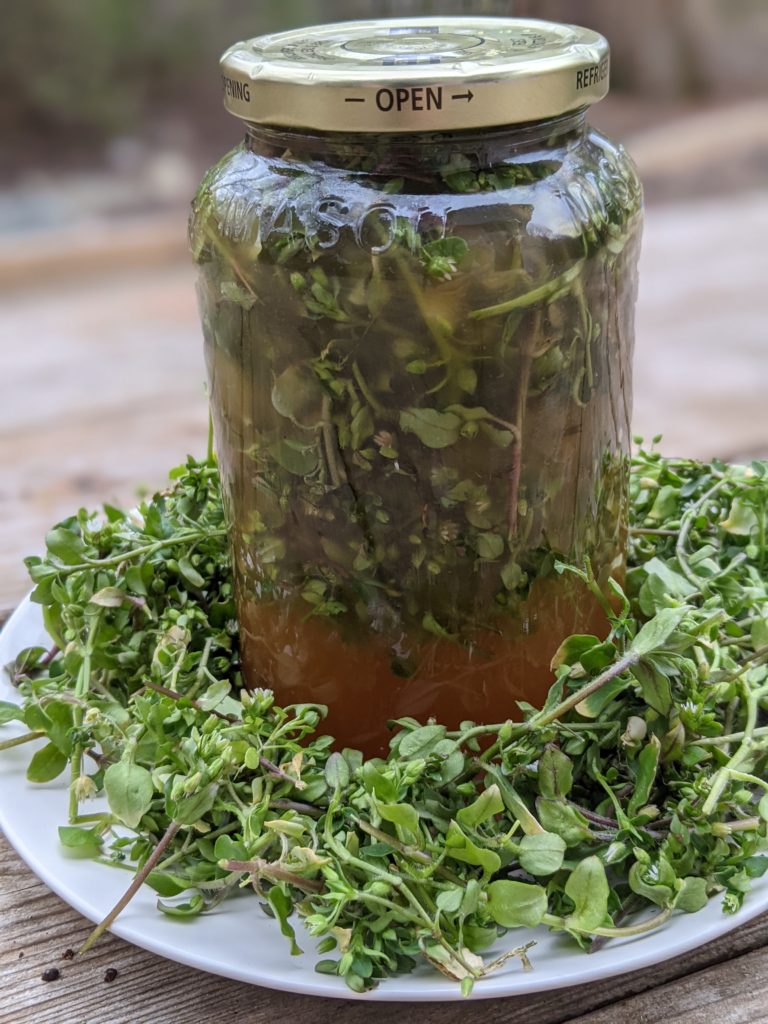
Chickweed in the kitchen
- Parts to eat – the tender leaves, tender stems and flowers
- You can eat her just like any green.
- Add her to salads, into wraps, on sandwiches or into your steamed greens.
- She also makes a fabulous pesto. I like to combine her with basil.

Chickweed brings nourishment and fun to the early Spring. She leads the parade of plants that take us through the warmer months of the year. I encourage you to seek her out and get to know her.
We dive deep into getting to know Chickweed and making medicine with her….along with so many other plants and herbs in my program, Medicine Woman. This online course helps you weave plant knowledge into wisdom and to bring the medicine of our wild herbs into your every day life. This includes how to identify and harvest wild plants and how to make remedies and medicines with them as well as layer their medicine into your meals. I also teach practical tips on how to grow your own food and medicine using Earth-based and permaculture practices.
Gaia Blessings,
Audrey Barron
*This article is not intended to diagnose, treat, cure, or prevent any disease. Always do your own research before consuming a new plant.
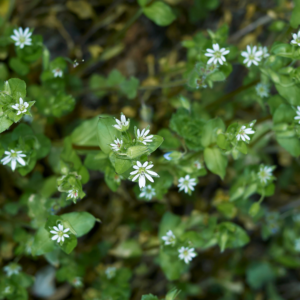

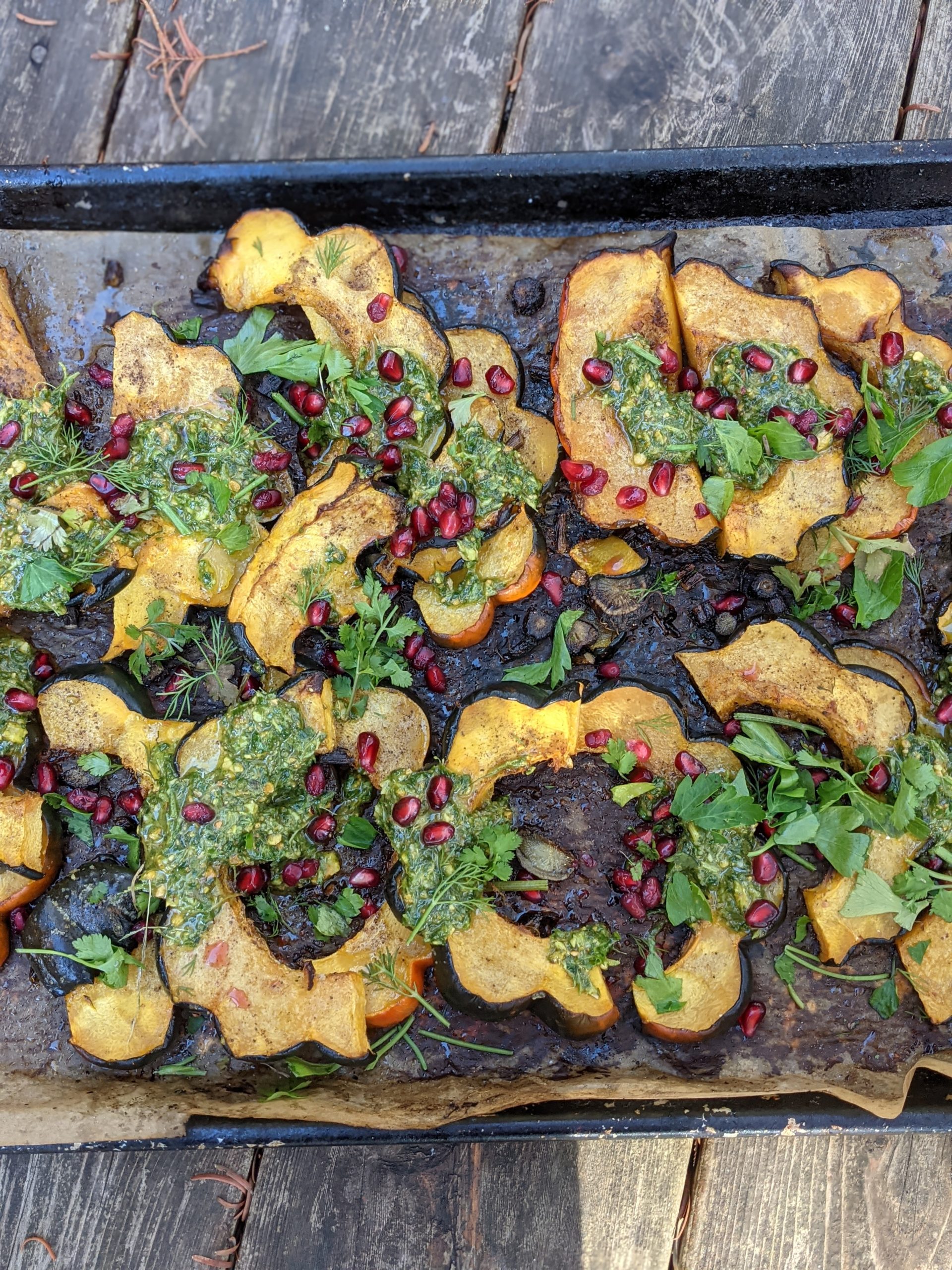
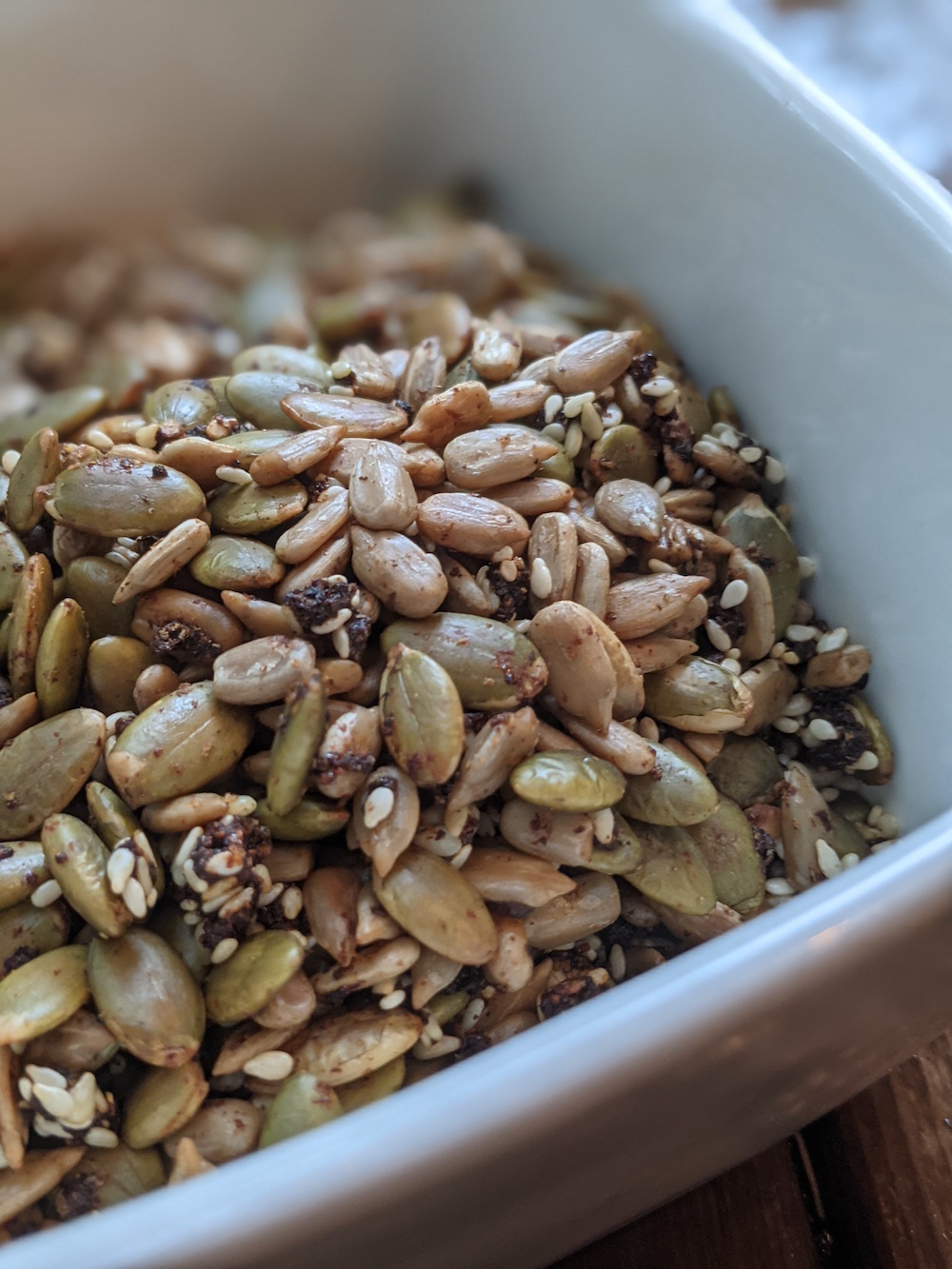
+ show Comments
- Hide Comments
add a comment